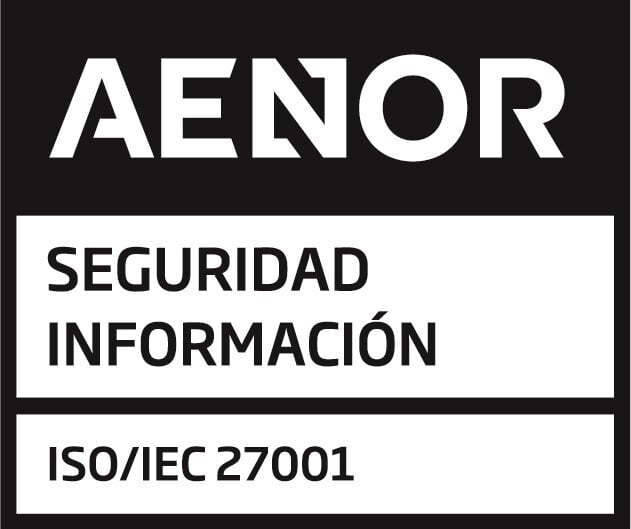In the 2021 World Energy Outlook (WEO) report, the International Energy Agency (IEA) gave a rather disheartening prediction: The world can only reduce carbon emissions by 40% by 2050 going by the current national pledges. As the ravages of the global pandemic subside, the world must devise ways to accelerate the energy transition. According to the 1.5°C decarburization pathway released recently, at least USD 5 trillion annually in investments is needed to fulfill the Paris Agreement goals.
So the big question is: How can energy technologies contribute to this urgent need? Read on to learn about the impact of technology in this era.
Renewable Energy and Decentralized Solutions
There is an Indonesian island called Sumba. About a decade ago, an NGO introduced a decentralized energy system– the Sumba Iconic Island Initiative – in this beautiful place to provide access to reliable and 100 percent renewable forms of energy for the 750,000 inhabitants. The remarkable success of this project reminds us of the potential of renewable energy and decentralized solutions.
Many experts will confirm that energy systems play an instrumental role in the energy transition journey. As of 2018, over 60% of global emissions emanated from the energy sector. The energy system remains energy-intensive on the global scale and more people are getting connected to the energy grid every day.
Decentralized energy technologies alongside renewable energy can power a sustainable future. This strategy seeks to diverge from the conventional utility business model where sizeable power plants and monopolies control the market. A democratic model comes into play and allows end-users to manage their energy assets. That’s where batteries, home-based factories, renewables, and so on play a big role.
Decentralized and renewable energy systems must receive full backing from the governments and society because that is the future. This includes making these solutions ready for a digital environment and other modern-day trends. Renewables are highly intermittent, so the current grid technology needs alignment to the complex nature of these energy sources. The answer seems to be in emerging electricity technologies for the energy transition.
New and Emerging Electricity Technologies
Various electricity technologies are emerging to answer the need for reduced intermittency and increased efficiency of renewable energy systems:
-
Batteries and Storage
Renewable energy integration requires several enablers, battery, and storage technology being a big one. AI has been touted as an effective enhancer of this integration because it promotes energy efficiency. Energy storage decisions based on AI can be excellent in the timely activation of batteries for the management of excessive peaks. Batteries can therefore be used without the need for backup from coal-fired power plants or diesel generators.
Apart from batteries, storage can also occur in the form of solar thermal plants, compressed air and liquid air, and sodium-sulfur.
-
Hydrogen
The potential of hydrogen as an electricity storage technology for renewable power systems is undisputed. Hydrogen can store electricity directly or through fuels such as ammonia and methane.
The fact that the impact of hydrogen goes beyond the energy sector has excited many researchers and developers. Technology evolving around this element could be applicable in heating, transport or cooking. The capability of hydrogen to decarbonize prominent industrial sectors – refineries, steel, methanol, and so on – is also notable.
-
Cloud-Based Solutions
Cloud-based solutions have fundamentally reshaped human life over the last decade. Energy generation, distribution, and consumption are no exception in this transformation. It doesn’t matter whether an economy is already developed or still developing. Cloud-based technologies have invaded daily operations leading to data explosions.
Companies in the energy industry are increasingly using data to optimize operations, predict supply and demand, and monitor their assets. The bottom line is that these activities demand high processing power and expansive infrastructure.
It would make a lot of sense for a company to invest in the management of these massive projects, whereas it can affordably tap into the power of cloud-based solutions. A cloud-based strategy can make energy systems resilient.
-
Big Data
The power sector needs to create value from the large volumes of data it produces. IoT devices are major sources of big data. Decision-makers in the sector are increasingly relying on big data and artificial intelligence to make sense of complex systems. Using traditional analysis tools in such scenarios may be ineffective or time-consuming and therefore, expensive.
How QBI Solutions is supporting the Energy Transition
Technological interventions can speed up the energy transition in order to reach environmentally-friendly energy systems. The synergy between digital tools, renewable energy, and decentralization is in full force, mostly in major cities and countries
Since several technologies for the energy transition are available, RE power systems only need to connect with the right provider. QBI Solutions is proud to be globally visible in the utilization of data for RE assets to enhance the energy transition. True to its vision of accelerating energy transition with business-driven digital solutions, the company offers a wide range of services: Data quality/reporting, extended onboarding, and many customized solutions according to your case.
Learn more about our suitability for the energy transition agenda here.
